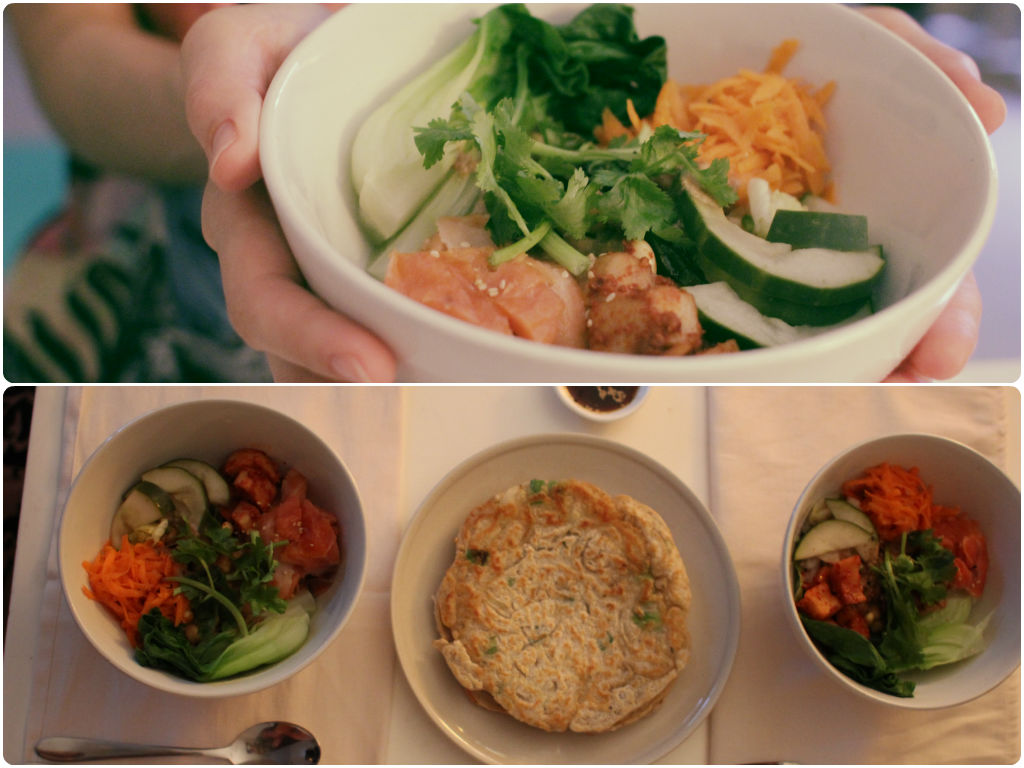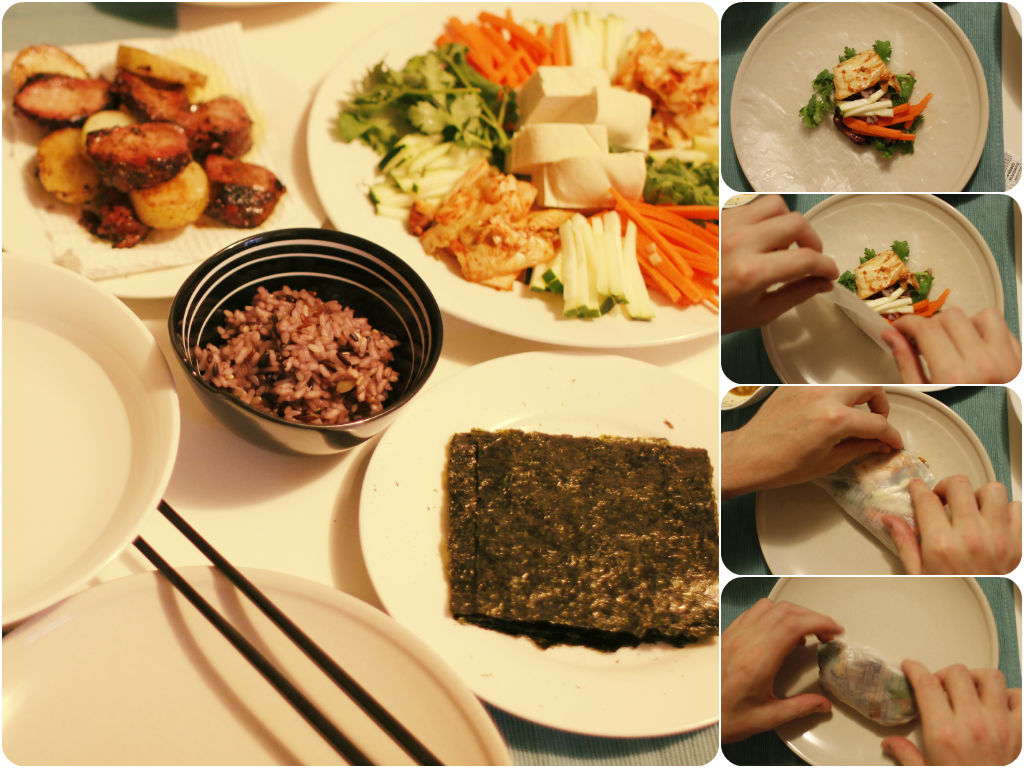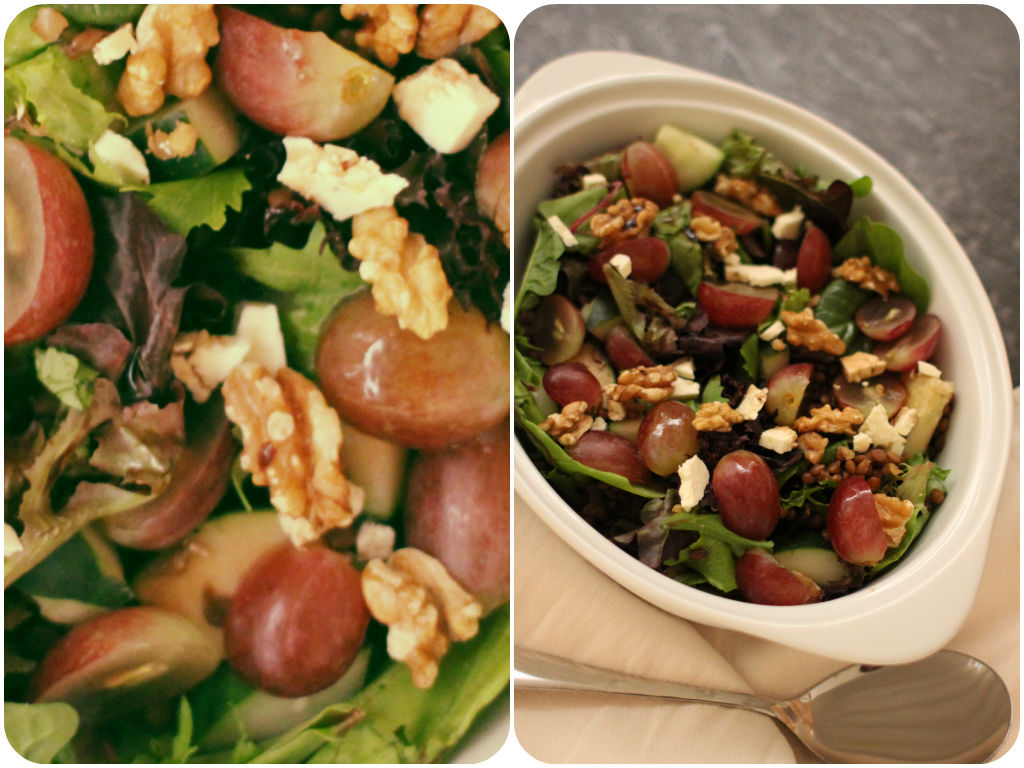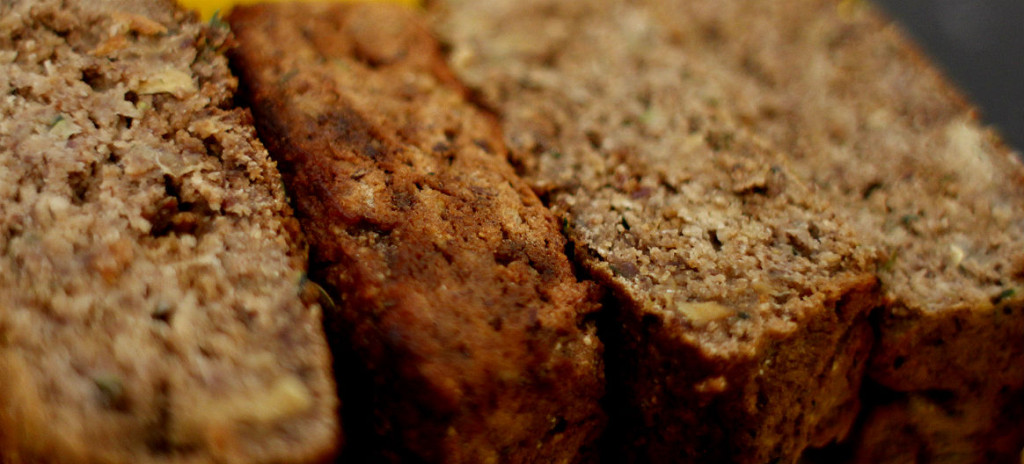When Daniel went to Korea with me for the first time, I’m sure he had a bit of cultural food shock. My family, especially my mum, tried to give him Korean stamina foods since that’s what we do for the quests. She even cooked a big piece of steak for his breakfast. My uncle gave him a root of ginseng dipped in honey >.< I find we have quite a variety of stamina foods in Korean cuisine such as ginseng chicken soup, grilled eel, fresh oysters, rice and mollusc soup, octopus dishes and herbal medicine. Since then, Korean food must have grown on him. He became a fan of a ginseng chicken soup and fresh oysters, which he never tried and disliked before. Yes, they are quite different to Western stamina foods. But the common thing is that all stamina foods contain complex carbs, good quality of protein, iron and vitamins. Complex carbs produce glucose providing your body energy. Protein is important for growth and development, repair of the muscles and body tissue. Iron for the energy and vitamins for the strong immune system. There is a list of stamina foods in Western world that is oatmeal, beans, coffee, green leafy vegetables, bananas, lean meat, peanut butter, beetroot, red grapes and quinoa. Beetroot! Red dirt earthy taste bomb! I love it so much both in raw and cooked dishes. Studies show regular consumption of beetroot lowers blood pressure, slows cancer growth, promotes digestive and colon health and boosts stamina. Amazing. So include more beetroots in your diet.
- Add grated raw beets in your salad for extra crunch and bright red colour
- Make home made pickles with beets
- Add grated beets in your chocolate cake for a hint of beetroot flavour, intense colour and moist cake
- Add into your soup either chunky or pureed
- Make vegetarian patty burger with grated beetroot
- Make a nice dip
- Caramelise in the oven with balsamic and honey for a beautiful side dish
- Make fresh beetroot juice
- Make beetroot chutney
- Any more ideas????
Enjoy health benefits of beetroot!
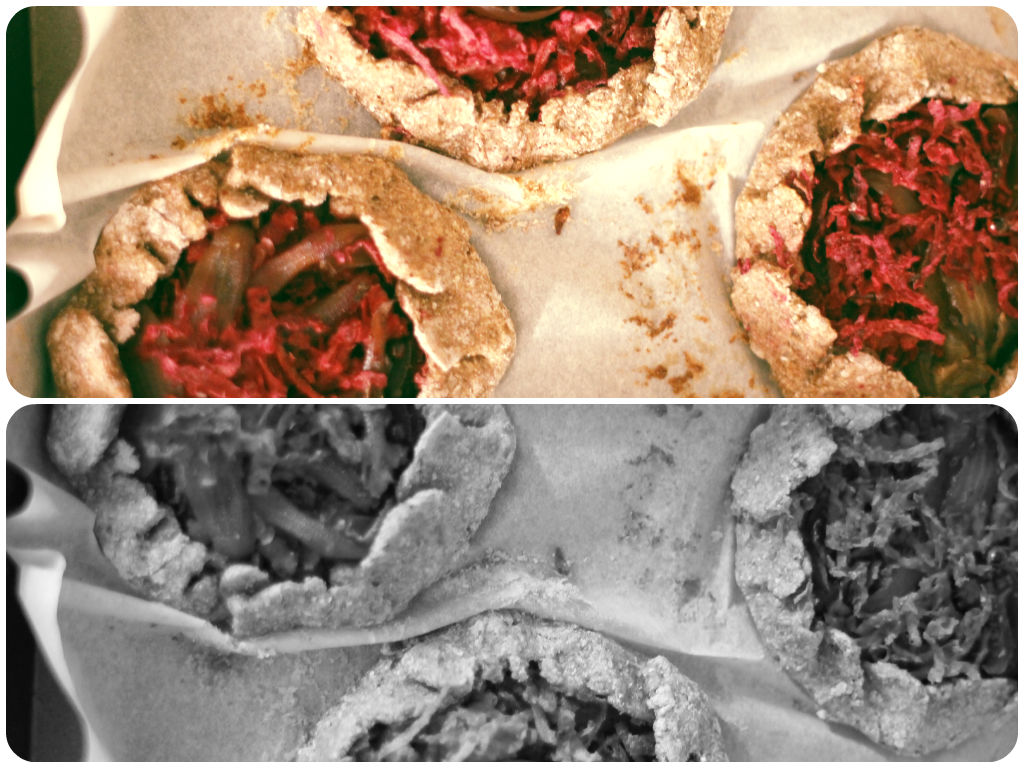 Ingredients (for 3 little tarts)
Ingredients (for 3 little tarts)
For the filling
1 grated beetroot
1 sliced white onion
1 table spoon of balsamic vinegar
1 table spoon of molasses
1 table spoon of pink peppercorn
For the crust
75g rye flour
25g wholemeal spelt flour
1 egg
a bit of cold water
a pinch of salt
Add ingredients for the filling into the deep skillet and cook for 20-30 minutes until they are caramelised. Let it cool aside. For the tart, combine flour and egg. Add water a little by little to get a dough. Divide the dough into three balls. Roll out and put the filling in the middle. Fold the edges around and put it in the preheated oven (180) for 15-20 minutes until crust is cooked. Serve with goat cheese and thyme sprigs on top.
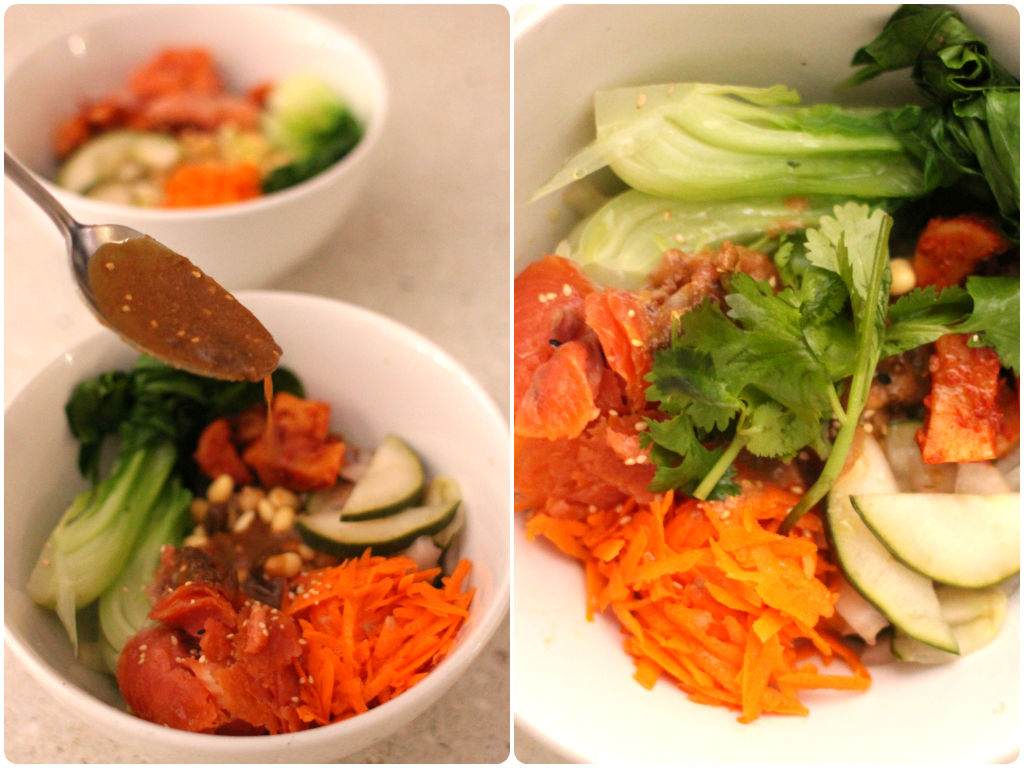 Sushi or sashimi is one of my favorite foods to have when I’m out somewhere either from the restaurant or from the sushi roll take-away shops. It’s relatively healthy, gluten-free, easy on the go food. For deconstructed sushi bowl, you probably need rice, avocado, nori, etc that you normally see in sushi roll. I made my own twist putting in my kimchi, beans instead of rice and soy-tahini dressing instead of wasabi-soy dressing. The recipe is flexible and should be adjusted based on what you have on hand when you create your own flavourful sushi bowl. Chop your favorite vegetables and protein and throw them on top of complex carbs in a bowl. It is an easy way to eat clean, nourishing and healthy.
Sushi or sashimi is one of my favorite foods to have when I’m out somewhere either from the restaurant or from the sushi roll take-away shops. It’s relatively healthy, gluten-free, easy on the go food. For deconstructed sushi bowl, you probably need rice, avocado, nori, etc that you normally see in sushi roll. I made my own twist putting in my kimchi, beans instead of rice and soy-tahini dressing instead of wasabi-soy dressing. The recipe is flexible and should be adjusted based on what you have on hand when you create your own flavourful sushi bowl. Chop your favorite vegetables and protein and throw them on top of complex carbs in a bowl. It is an easy way to eat clean, nourishing and healthy.